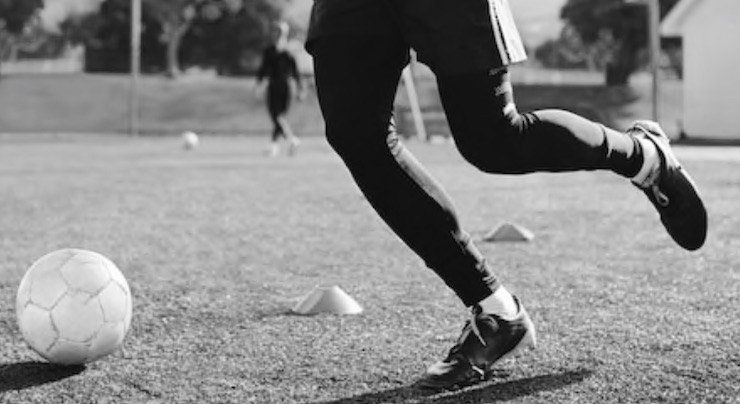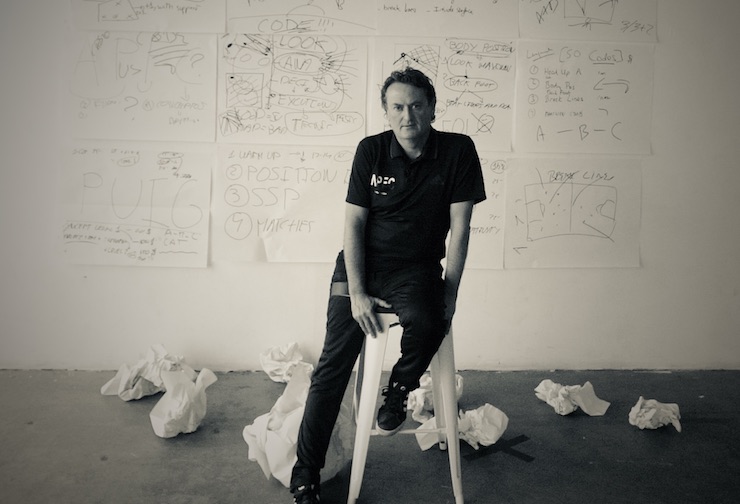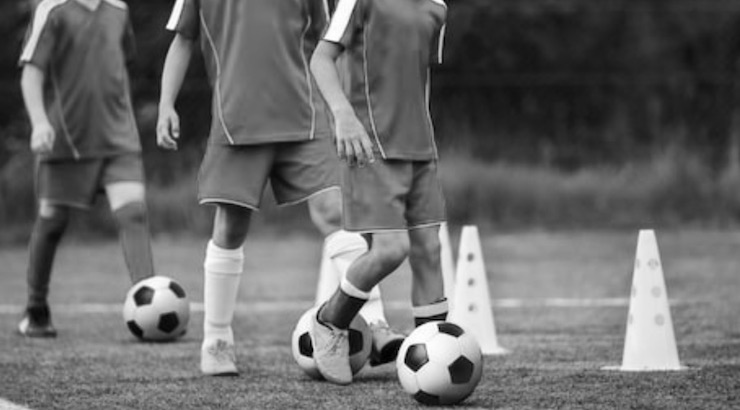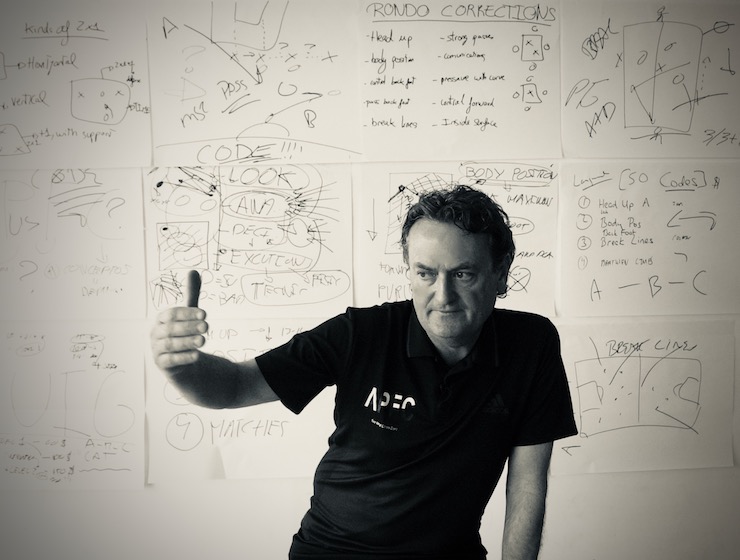What Are You Teaching With Cones?
Albert Puig is a former FC Barcelona Youth Technical Director and now the Assistant Coach of New York City FC. A globally respected leader in player development, Puig’s famed La Masia developed the likes of Andres Iniesta, Gerard Pique, and Lionel Messi. Puig is the founder of APFC Courses – a program to help educate soccer coaches.
The Question:
If soccer is a global game where each action is different and never repeated, and …
IF THE DECISION OF THE SOCCER PLAYER IS EVERYTHING, WHY ARE SO MANY PRACTICE SESSIONS FILLED WITH DRILLS AND CONES?
Soccer is a game of decisions.
A player is always making decisions based on what is happening during a match, regardless of him having the ball or not.
Cones and other similar training materials are used mainly because of these factors:

Practicing different exercises is very important and as such, cones and other training materials are used to mark spaces and characteristics that you want to apply to the drills.
The variety of exercises is very important because you don’t want to fall into a routine where the player is bored and the outcome is foreseeable.
THE MOST IMPORTANT IDEA IS THAT THE DRILL IS THE MEANS TO AN END.
There is a tendency to have the players execute many drills without them really understanding the underlying concept behind them.
In the USA, and in many other countries, we find that coaches use a vast quantity and variety of training materials. This is more about creating an image before the player and parents (the client) than being practical. These coaches rely on a lot of equipment and this can lead to thinking that the exercises and drills are of the highest quality and complexity.

Herein lies the problem.
The essence of the drills and exercises must be the simplicity of the objectives we want to reach.
It’s a sport based on decisions, and as coaches, we must teach the tools that will help the player make the best decision.
The player must understand all the concepts and the dynamics of the game. A great coach can, through simplicity and clarity, make the player comprehend what is going on during different situations and then make the player take a decision based on the best option given the scenario.

Simplicity is the basis to grasp the meaning.
Complexity with hundreds of cones, flags, beeps, and bops is a pretty nice spectacle.
But that is it, artificial, and the essence/reason of why you are doing all this – the ultimate goal of the drill/exercise is lost.
What do I mean by this?

It’s about the details and not the drills!
Some coaches think that the drill explains the concept and it is the concept that must explain the drill. It’s so important to create structures (drills) that are similar as possible to a match by using directionality and real positions.
For example, POSSESSION games are worthless, the keys here are the RONDO, POSITIONAL GAMES, SSP’s and SMALL SIDED GAMES – where all the concepts come to play and are intertwined.
COACHES, PLEASE UNDERSTAND THE RONDO IS NOT 4 CONES MAKING A SQUARE.
The rondo is a field, where the center back is the player that starts with the ball and the 9 in at the opposite end because the rondo is a game.
The same must be with positional games. In this key point is where the details and concepts make sense and thus easier for the player to execute on the pitch. Sometimes, coaches create drills or situations that will never happen in a game.
There are too many coaches orchestrating beautiful passing sequences at practice, but these lack directionality or any real match context.
Source: https://www.soccertoday.com
If you like this article, Follow us on FACEBOOK and INSTAGRAM and PINTEREST!

